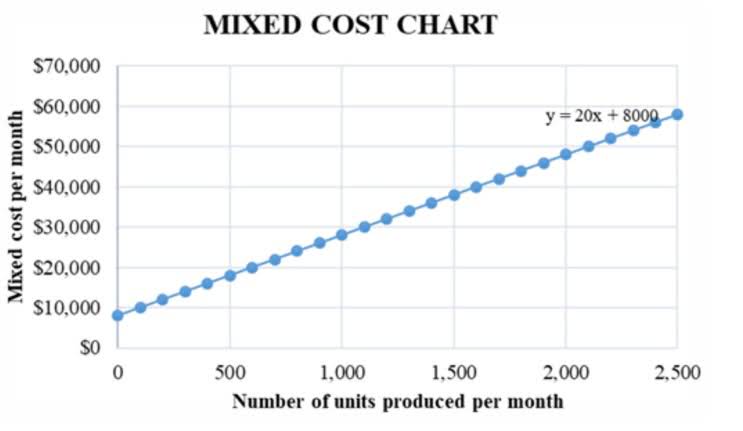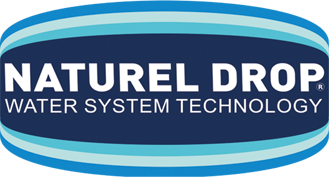США Бразилия Прогноз и ставки на товарищеский матч 13 июня 2024 года
03/11/2022China’s Foreign Exchange Guidelines: A Brand New Battleground For Crypto Compliance
17/01/2023
This method can significantly impact your business’s financial statements, especially during inflation. If inventory prices fluctuate frequently, using older costs for COGS may not reflect the true cost of replacement stock, potentially impacting pricing decisions. It reflects current inventory value more accurately when prices are rising. By the end, you will have a clear understanding of inventory valuation and a better insight into how inventory management software simplifies the management of FIFO and LIFO. These formulas and examples illustrate how the LIFO method prioritizes the cost of the most recently acquired inventory for calculating COGS and values the ending inventory based on the oldest costs. Make sure to only consider the units on hand at the time of the sale and work backwards accordingly.
What Types of Companies Often Use FIFO?
When pre-tax earnings are lower, there is a lower amount to pay taxes on, thus, fewer taxes paid overall. When all 250 units are sold, the entire inventory cost ($13,100) is posted to Certified Bookkeeper the cost of goods sold. Let’s assume that Sterling sells all of the units at $80 per unit, for a total of $20,000. The profit (taxable income) is $6,900, regardless of when inventory items are considered to be sold during a particular month. In summary, the LIFO reserve formula provides a way for accountants to quantify the impact of using LIFO rather than FIFO for inventory accounting and reporting.

LIFO vs. FIFO

The key idea behind FIFO is that inventory costs are recorded based on the earliest purchases, which means older, often lower-cost items are reflected in the Cost of Goods Sold (COGS). Conversely, newer, typically higher-cost inventory remains on the balance sheet. Before diving into the inventory valuation methods, you first need to review the inventory formula. The components of the formula are used to calculate FIFO and LIFO accounting values. FIFO (First-In, First-Out) is an inventory costing method where the oldest inventory items are assumed to be sold first.
- FIFO clarifies inventory costs and aligns well with financial reporting standards.
- This can particularly be beneficial when there are rapid inflation or price fluctuations.
- Sage makes no representations or warranties of any kind, express or implied, about the completeness or accuracy of this article and related content.
- By offsetting sales income with their highest purchase prices, they produce less taxable income on paper.
- Thus LIFO assigns the cost of newer inventory to cost of goods sold and cost of older inventory to ending inventory account.
- Last-in, first-out (LIFO) is an inventory method popular with companies that experience frequent increases in the cost of their product.
- Also, discover its pros, cons, and how it compares against other inventory accounting techniques.
Which method is best for your business?
Last In First Out (LIFO) is the assumption that the most recent inventory received by a business is issued first to its customers. With first in, first out (FIFO), you sell the oldest inventory first—and with LIFO, you sell the newest inventory first. We see through a hypothetical example lifo formula how the formula can be used to calculate the reserve and liquidation example also explains the procedure to calculate the same.
- It helps in inventory and cost accounting management, business analysis, and inventory forecasting.
- When pre-tax earnings are lower, there is a lower amount to pay taxes on, thus, fewer taxes paid overall.
- The combined impact is an increased COGS and reduced net income, which can increase tax liability.
- In an inflationary environment, the current COGS would be higher under LIFO because the new inventory would be more expensive.
- The future of LIFO might be uncertain, but for now, it’s still a tool in the inventory management toolbox for many U.S. companies.
- The LIFO reserve is calculated as the difference between the value of inventory under the LIFO (Last In, First Out) and FIFO (First In, First Out) accounting methods.
- It is the amount by which a company’s taxable income has been deferred by using the LIFO method.
Advantages of Using FIFO

Accounting professionals have discouraged the use of the word “reserve,” encouraging accountants to use other terms like “revaluation to LIFO,” “excess of FIFO over LIFO cost,” or “LIFO allowance.” The FIFO method of evaluating inventory is where the goods or services produced first are the goods or services sold first, or disposed of first. The LIFO method of evaluating inventory is when the goods or services produced last are the ones to be sold or disposed of first. Tractian’s CMMS eliminates the guesswork by providing real-time visibility into stock levels, part usage, and reorder points. Instead of overordering materials that collect dust or running out of critical components at the worst possible time, maintenance teams always know what’s in stock, what’s needed, and when to restock. Businesses selling packaged goods, personal care items, and beauty products often use FIFO to prevent stock from becoming obsolete or expiring.
Vaia is a globally recognized educational technology company, offering a holistic learning platform designed for students of all ages and educational levels. We offer an extensive library of learning materials, including interactive flashcards, comprehensive textbook solutions, and detailed explanations. The cutting-edge technology and tools we provide help students create their petty cash own learning materials.

- By assuming that the most recently acquired items are sold first, companies can better match their costs with current sales.
- Audits help uncover any counting errors, theft, damage, obsolescence issues, or other problems causing differences between booked LIFO reserve levels and actual inventory.
- However, in the real world, prices tend to rise over the long term, which means that the choice of accounting method can affect the inventory valuation and profitability for the period.
- CFI is on a mission to enable anyone to be a great financial analyst and have a great career path.
- Using LIFO, we must look at the last units purchased and work our way up from the bottom.
- Nonetheless, a company does not actually have to experience the LIFO process flow in order to use the method to calculate its inventory valuation.
LIFO generates lower profits in early periods and more profit in later months. The newer units with a cost of $54 remaining in ending inventory, which has a balance of (130 units X $54), or $7,020. The sum of $6,080 cost of goods sold and $7,020 ending inventory is $13,100, the total inventory cost. A company’s recordkeeping must track the total cost of inventory items, as well as the units bought and sold. Assume that the sporting goods store sells the 250 baseball gloves in goods available for sale. All costs are posted to the cost of goods sold account, and ending inventory has a zero balance.

